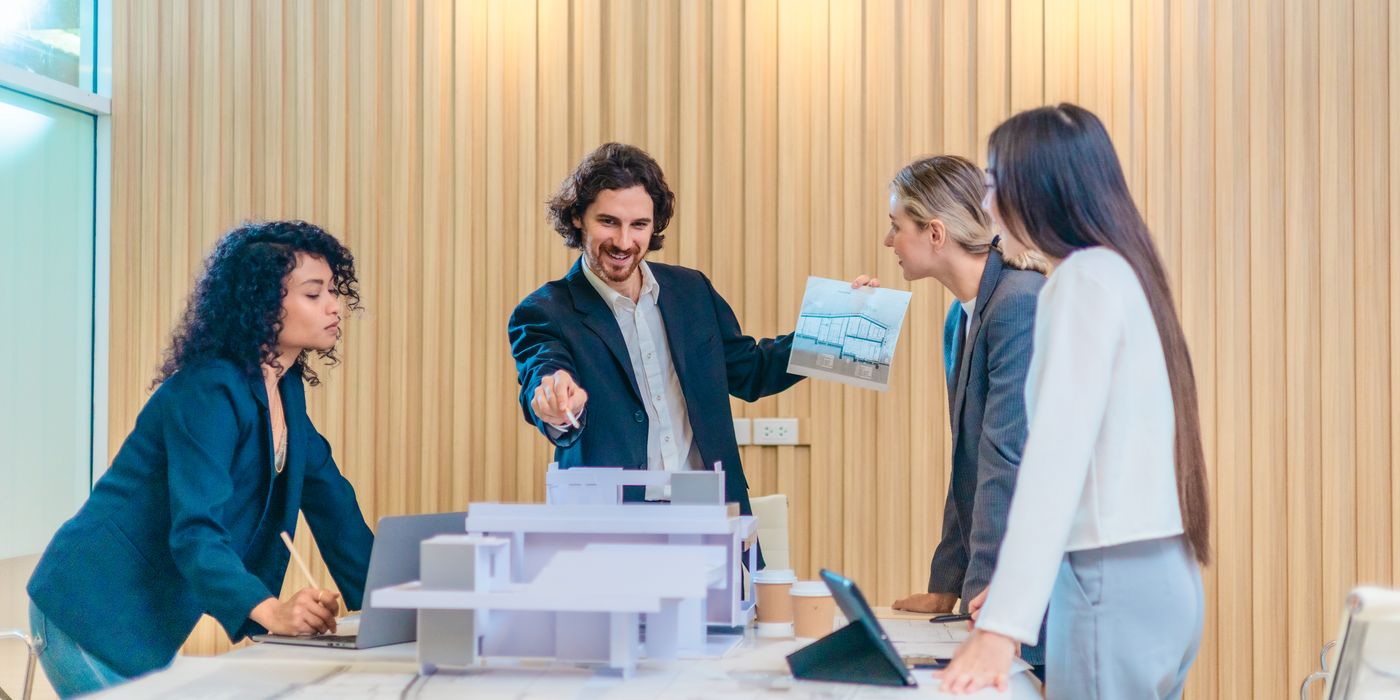
Advantages of IRC 179D for Architects
The Energy Efficient Commercial Building Deduction, commonly known as IRC 179D, offers a range of benefits to architects, engineers, and building owners. Established as part of the Energy Policy Act of 2005, this tax incentive is designed to encourage energy-efficient design and construction practices. Architects, in particular, can leverage IRC 179D to gain significant financial rewards while promoting sustainable building solutions.
What is IRC 179D?
IRC 179D is a federal tax deduction available to energy-efficient building designers and applies to qualifying commercial buildings and government-owned properties. It allows eligible parties to deduct up to $5.00 per square foot (as of updates under the Inflation Reduction Act of 2022) for implementing energy-efficient measures in lighting, HVAC systems, and building envelope improvements.
Key Advantages for Architects
Financial Incentives
Let’s start with the financial advantages that IRC 179D offers. Architects can claim tax deductions for their design contributions to energy-efficient government-owned buildings such as schools, libraries, and municipal offices at up to $5 per square foot. With these deductions, there is potential for substantial savings on large-scale projects.
Enhanced Competitive Edge
Leveraging IRC 179D offers an enhanced competitive edge, where architects with expertise in energy-efficient design can differentiate in a competitive marketplace. Clients often seek architects who prioritize sustainability and cost-effective solutions, giving firms and designers proficient in IRC 179D requirements an edge over competing designers.
Contribution to Sustainability Goals
By promoting energy-efficient designs, architects can help reduce the carbon footprint of commercial buildings, aligning their work with global sustainability initiatives. Projects meeting IRC 179D standards often exceed local building codes, which enhances their reputation for environmental responsibility.
Opportunities for Collaboration
Architects often collaborate with engineers, energy consultants, and contractors to implement energy-saving measures. These partnerships can open doors to new business opportunities and broaden professional networks.
Government Incentives for Public Projects
Because private entities cannot claim deductions for government-owned buildings, the benefits of deductions like IRC 179D are allocated to the design professionals responsible for the project’s energy-efficient components. As a result, architects working on public projects can receive direct financial benefit, which incentivizes involvement in government projects.
Eligibility and Process
To qualify for IRC 179D, architects must meet specific criteria:
1. Eligible Buildings:
Projects must involve commercial or government-owned properties.
The building must meet or exceed ASHRAE energy efficiency standards applicable at the time of construction.
2. Qualifying Improvements:
Energy-efficient lighting systems.
Heating, ventilation, and air conditioning (HVAC) systems.
Building envelope enhancements.
3. Certification Requirements:
An independent third party must certify that the building meets the required energy savings thresholds.
Certification involves a detailed energy analysis using approved software.
4. Documentation:
Architects must maintain detailed records of their involvement in the project.
Proper documentation ensures compliance and facilitates a smooth claim process.
Recent Updates and Enhancements
The Inflation Reduction Act of 2022 significantly expanded the benefits of IRC 179D in a handful of ways. First, the Act increased deduction amounts from $1.80 to a maximum of $5.00 per square foot, for projects meeting higher energy efficiency standards. It also extended eligibility beyond new construction by allowing deductions for retrofitting existing buildings to improve energy performance. Finally, the Act broadened the range of entities that can benefit from 179D. In addition to private commercial property owners and government-owned buildings, certain tax-exempt organizations — including non-profits, tribal governments, and small businesses without significant taxable income — can now indirectly benefit by allocating the deduction to the architects, engineers, or contractors responsible for the qualifying design work.
The “One Big Beautiful Bill” introduced several notable changes that could influence how architects and designers leverage IRC 179D. While details are still being interpreted, early indications suggest the bill may adjust deduction rates, modify qualifying project standards, and potentially expand eligibility criteria to encourage broader participation in energy-efficient building design. It’s important to note that IRC 179D is set to sunset for property that begins construction after June 30, 2026. This looming deadline means architects should be strategic in planning and documenting qualifying projects to maximize available benefits before the provision expires.
Practical Tips for Architects
1. Partner with Energy Consultants:
Collaborating with energy experts ensures designs meet 179D standards and maximizes deductions.
2. Educate Clients:
Informing clients about the benefits of energy-efficient design and tax incentives can strengthen relationships and lead to repeat business.
3. Leverage Technology:
Utilize advanced energy modeling tools to demonstrate compliance with ASHRAE standards and optimize building performance.
4. Stay Informed:
Keep abreast of legislative changes and updates to IRC 179D to ensure ongoing eligibility and maximized benefits.
Conclusion
IRC 179D presents a valuable opportunity for architects to enhance their financial outcomes, contribute to environmental sustainability, and gain a competitive advantage in the industry. By incorporating energy-efficient designs and staying informed about evolving tax incentives, architects can capitalize on this powerful tool to drive both profitability and positive change. Reach out to us for more guidance on this provision.
